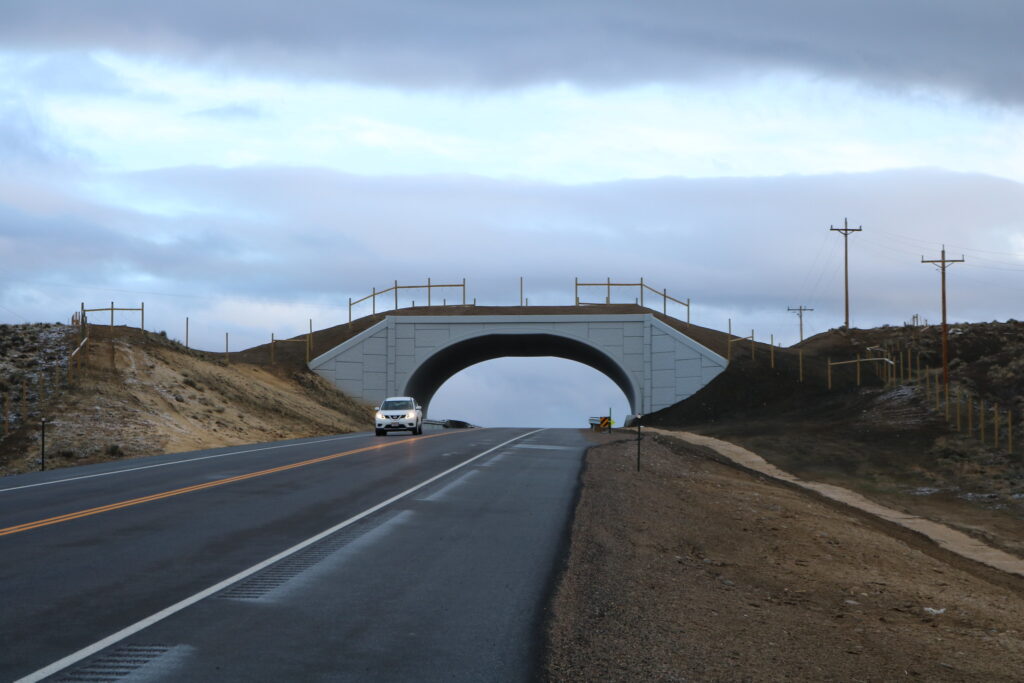
Highway accidents involving animals are a big problem for both people and animals. According to the National Highway Traffic Safety Administration, motorists in the United States kill one to two million large animals every year. About 200 people are killed annually in the U.S. as a result of those collisions with animals.
These crashes are expensive, too. Deer-vehicle collisions cost an average of more than $8,000 each; elk-vehicle collisions cost about $25,000; and moose-vehicle collisions cost more than $44,000.
One solution that has been quite effective around the world in reducing car-animal collisions is wildlife overpasses and underpasses. They are designed to help animals move in search of food and to escape predators and wildfires. These traffic-spanning bridges and tunnels have been popular in Europe since the 1950s. They look much like regular overpasses for cars but are decked out with native flora. The underpasses, which assist shyer and smaller animals, are typically invisible to drivers.
According to a new economic analysis by researchers at Washington State University, wildlife crossings in Washington State save roughly $235,000 to $443,000 every year per structure.
Wildlife crossing structures range in cost from $500,000 for a tunnel-like underpass to more than $6 million for a broad bridge. There may soon be many more wildlife crossing structures across the country since $350 million was allotted in the federal Infrastructure Investment and Jobs Act signed into law in 2021.
**********
Web Links
Wildlife crossings potentially save millions annually in Washington state
How wildlife bridges over highways make animals—and people—safer
Photo, posted March 24, 2017, courtesy of Jeffrey Beall via Flickr.
Earth Wise is a production of WAMC Northeast Public Radio
Leave a Reply